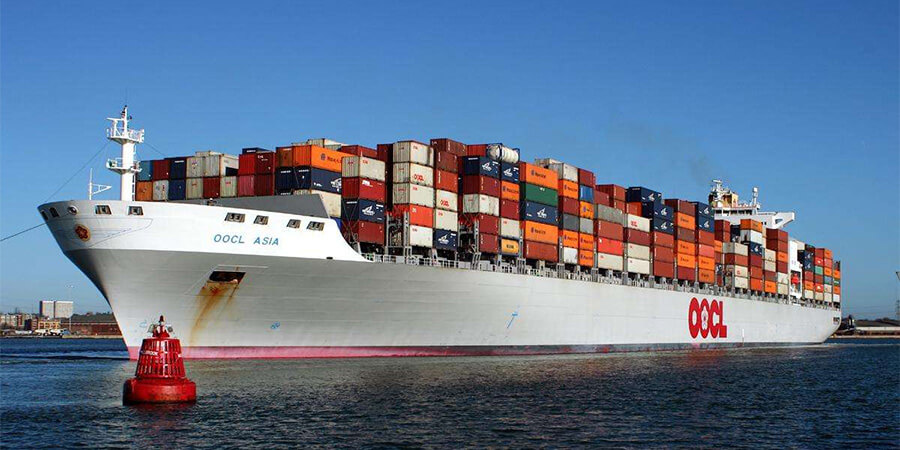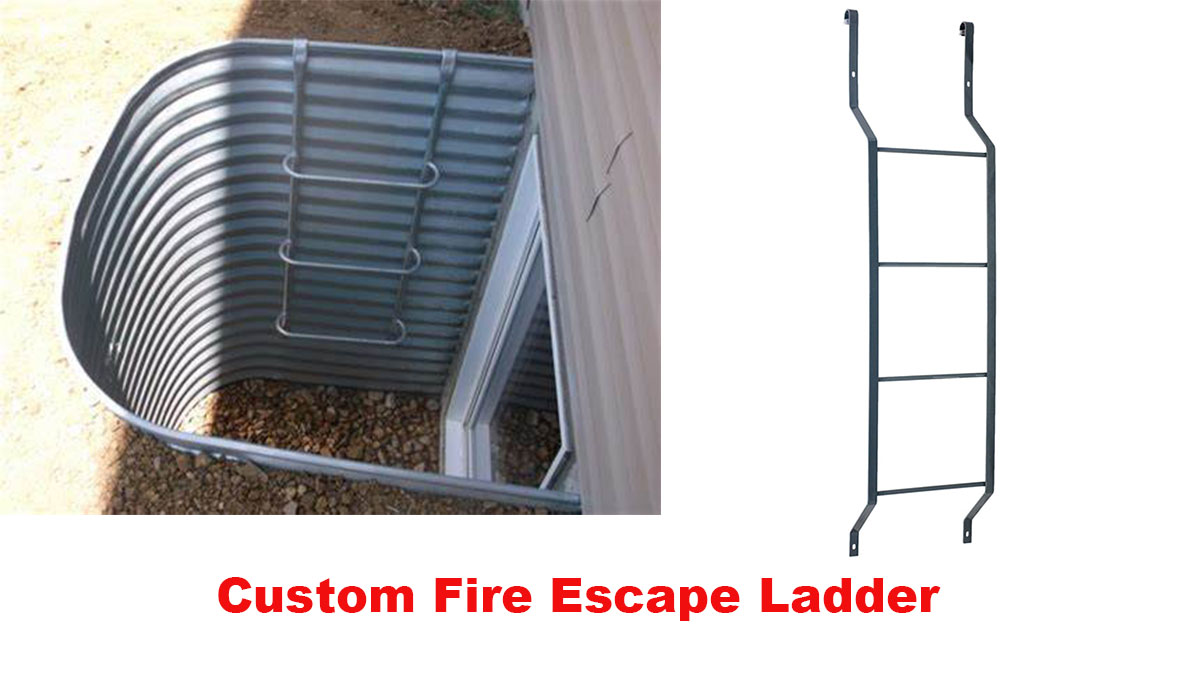Sea freight shipping is the most popular shipping method for buyers when shipping from China. However, there are complex issues involved in shipping from China such as the freight related issues and the steep learning curve involved.
In this article, you’ll learn:
- The Process of International Logistics
- The most common incoterms used in sea freight shipping
- How to calculate the volume of full container load
- The most import documents you need to know when shipping from China
- Top shipping ports in China
The Big Players Involved In International Logistics
1. Shipping Company
This refers to a company that handles the shipment of goods. The service of shipping companies is usually employed due to the following reasons:
- Convenience
Shipping companies helps to make shipping convenient. They know the best way to package and ship goods. They also help in saving time, energy and money on packaging supplies.
- Better Shipping Experience
Shipping companies help to create a better shopping experience without any disappointment through the creation of an accessible shipping location.
- Ability to Send Packages Anywhere
Shipping companies help you to send packages where you couldn’t send before. Some shipping companies enable you to buy your items, have them shipped to your mailing address and then forward them to you.
2. Custom Broker
Custom brokers prepare and submit documentation to notify or obtain clearance from government agencies. They also arrange local delivery of items through trucking companies. Custom brokers can be located at inland ports so that they can clear merchandise sent “in bond.” Most custom brokers are located at major airports and harbors that have international traffic.
For a list of customs brokers in the USA:
https://apps.cbp.gov/brokers/index.asp?portCode=2704
For a list of licensed customs brokers in Canada:
For importers in Europe and other countries, check out the International Federation of Customs Brokers Association (IFCBA) on:
3. Freight Forwarder
A freight forwarder (also known as non-vessel operating common carrier) refers to a person or company that organizes shipments for individuals or companies to move goods from the manufacturer to a market or final point of distribution.
Freight forwarder can be better to work with than customs brokers depending on your product, how frequent you are shipping goods, and through shipping by sea or air.
They handle inter-country movement of cargo by acting as the middlemen between the shipping lines and the importer or exporter. They are hired to get the product to the customer by a particular date in an undamaged state. They handle tasks such as:
- Packaging
- Labeling
- Documentation
Shipping from China:The Process of International Logistics
International logistics involves planning and managing the flow of goods in a company’s supply chain from acquisition to customer purchase. Part of the process involves crossing at least an international border.
The figure below shows the diagrammatic representation of the whole process:


Sea freight Shipping from China process
All You Need To Know About Incoterms
Shipping incoterms refer to international standard codes that determine when and where a cargo will be transferred between the supplier and the importer. They are trade terms that are being published by the International Chamber of Commerce (ICC). These terms are usually used in international and domestic trade contracts.
The commonest trade terms include:
- FOB Shipping (Free on Board Shipping)
FOB means Free On Board. It indicates when liability and ownership is transferred from a seller to a buyer. When FOB shipping is used with an identified physical location, then the designation determines the person that will handle the payment of the freight charges and the point the shipment passes from the seller to the buyer.
Buyer and Seller Liability For FOB Shipping
| Seller | Buyer |
| Delivery of goods and transfer of documents | Payment and provision of documents. |
| Picks up goods. | |
| Handles export customs clearance procedures and payment | Handles import customs clearance and payment |
| Charters booking and pays the sea freight fee | |
| Handles insurance and pays insurance premium | |
| Bears all risks before the goods have crossed the port of loading | Bears all risks and expenses after the goods have crossed the port of shipment |
- CFR Shipping (C&F Shipping)
CFR stands for Cost and Freight. It implies that the seller needs to pay the costs and freight that’s needed to bring the goods to a particular port of destination. In this case, the risk of loss or damage of goods as well as the additional costs (after the goods have been delivered on board the vessel) is transferred from the seller to the buyer.
In CFR shipping, the seller needs to arrange for the carriage of goods by sea to a port of destination and also provide the necessary documents (that will be needed to obtain the goods from the carrier) to the buyer.
| Seller | Buyer |
| Delivery of goods and transfer of documents | Payment and provision of documents. |
| Picks up goods. | |
| Handles export customs clearance procedures and payment | Handles import customs clearance and payment |
| Charters booking and pays the sea freight fee | |
| Handles insurance and pays insurance premium | |
| Bears all risks before the goods have crossed the port of loading | Bears all risks and expenses after the goods have crossed the port of shipment |
- CIF Shipping
CIF (Cost, Insurance and Freight) is a term that requires the seller to arrange for the carriage of goods by sea to a port of destination and also provide the buyer with the documents that are needed to obtain goods from the carrier.
Buyer and Seller’s Liability for CIF Shipping
| Seller | Buyer |
| Delivery of goods and transfer of documents | Payment and provision of documents. |
| Picks up goods. | |
| Handles export customs clearance procedures and payment | Handles import customs clearance and payment |
| Charters booking and pays the sea freight fee | |
| Handles insurance and pays insurance premium | |
| Bears all risks before the goods have crossed the port of loading | Bears all risks and expenses after the goods have crossed the port of shipment |
Shipping Containers
In case you plan to import full container loads, you can use any of the following four different container volume options:
- FCL 20’’ (Volume: 33.2 cbm)
20 Feet Shipping Container
It has dimension 5.89m x 2.35m x 2.39m and maximum weight 24 tons. The actual cargo gross weight is 18 tons.
- FCL 40’’ (Volume: 67.7 cbm)
It has dimension 12.03m x 2.35m x 2.39m and maximum weight 30.48 tons. The normal cargo gross weight is 26 tons.


40 Feet Shipping Container
- FCL 40’’ HQ (Volume: 76.3 cbm)

40HQ Shipping Container
It has dimension 12.03m x 2.35m x 2.69m and maximum weight 30.48 tons. The actual cargo gross weight is 26 tons.
Different shipping companies may have different container volume. You can save lots of money on sea freight cost that’s related to the container volume. You can do this by placing orders based on the units that align with a particular container size and not a predetermined quantity.
By doing this, you will be able to avoid situations you pay for empty space or ordering one FCL container and one LCL container.</d






